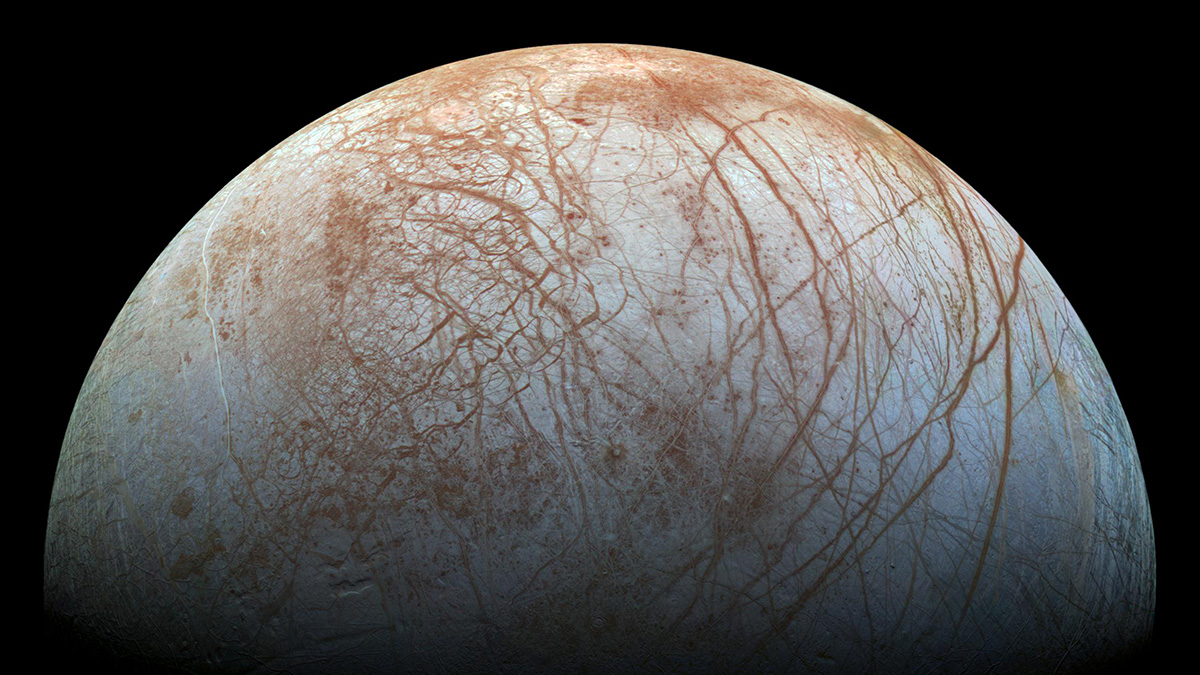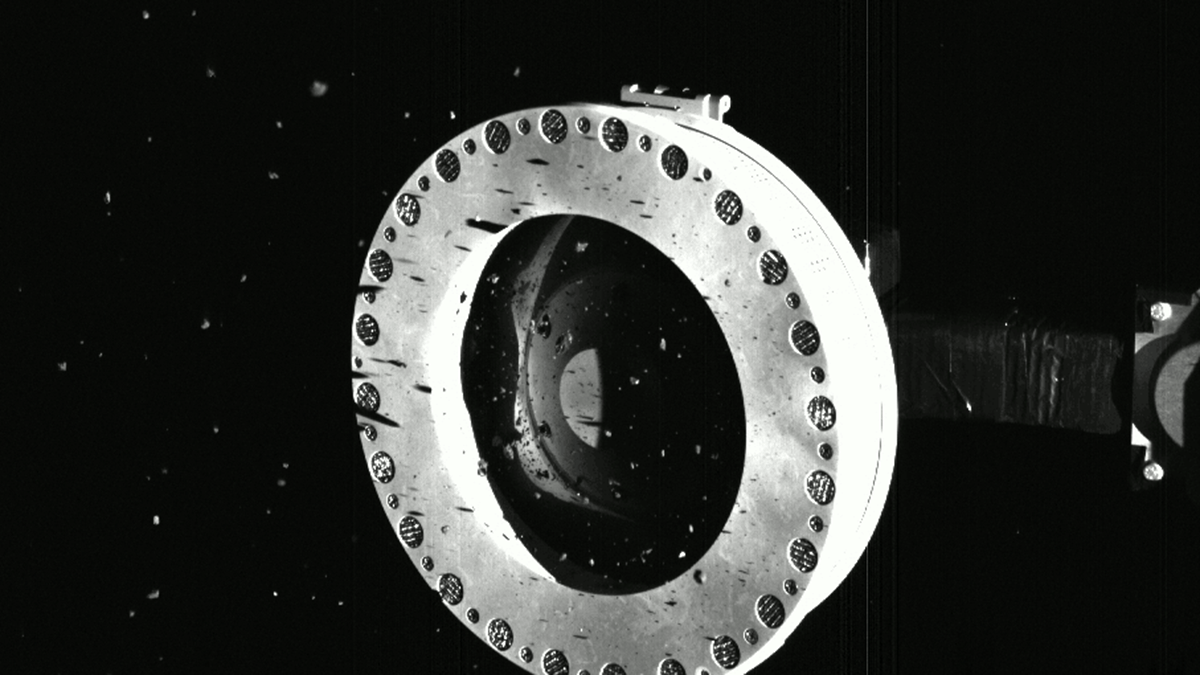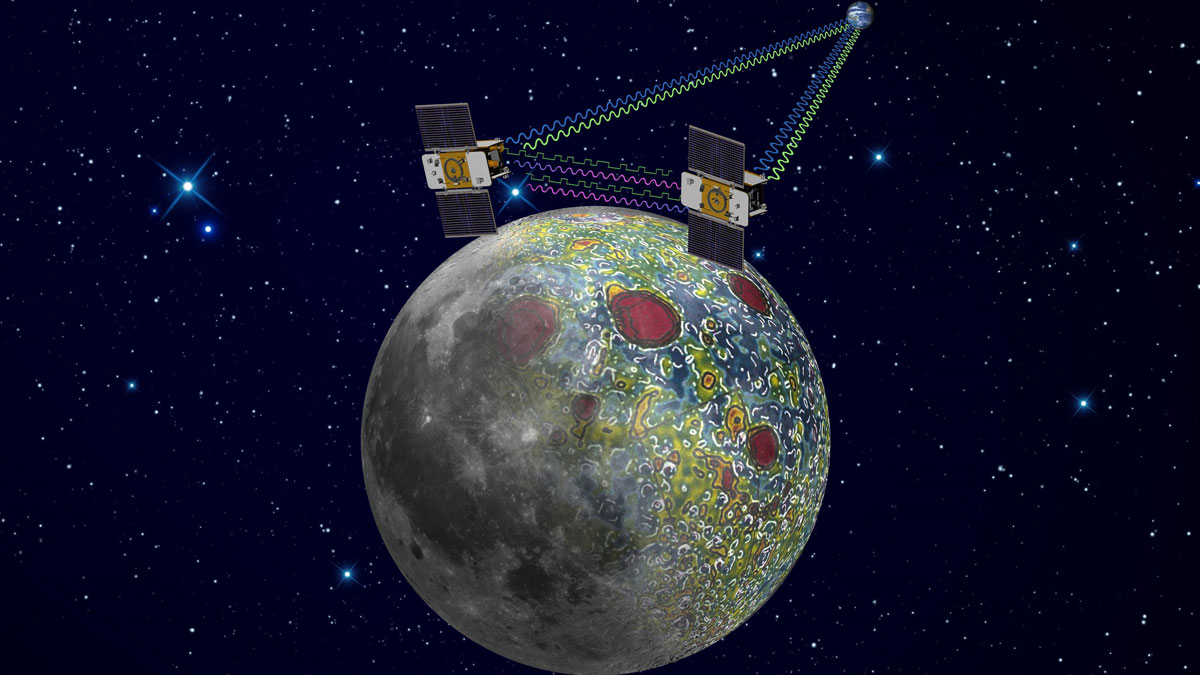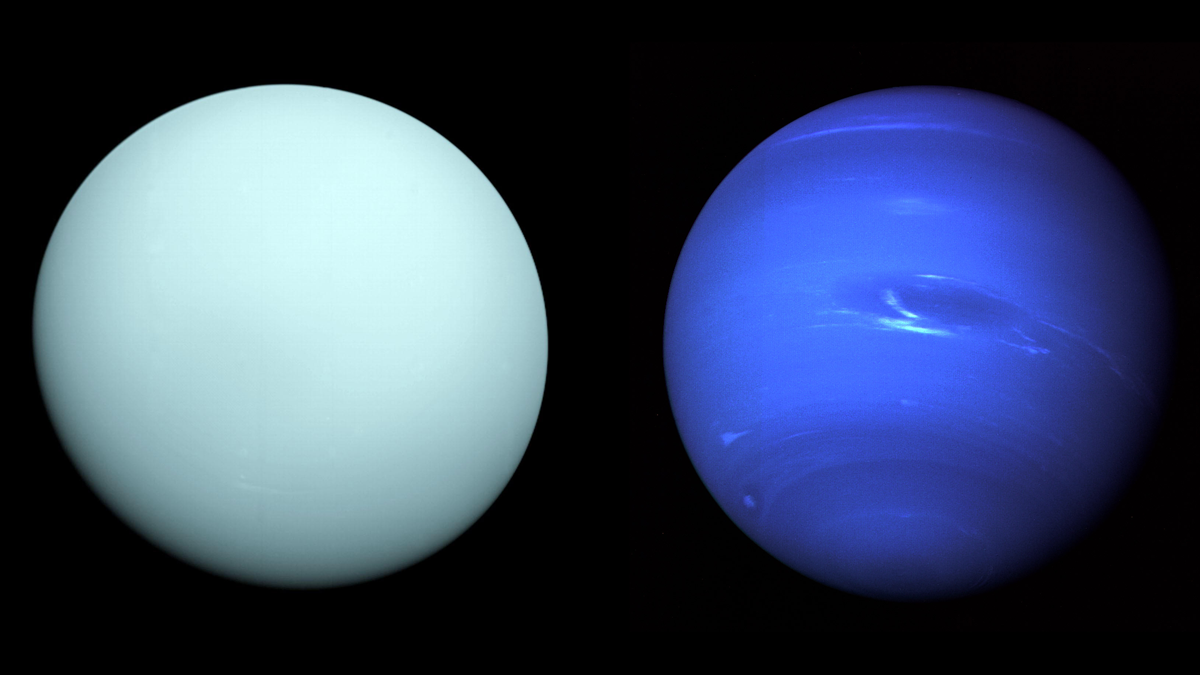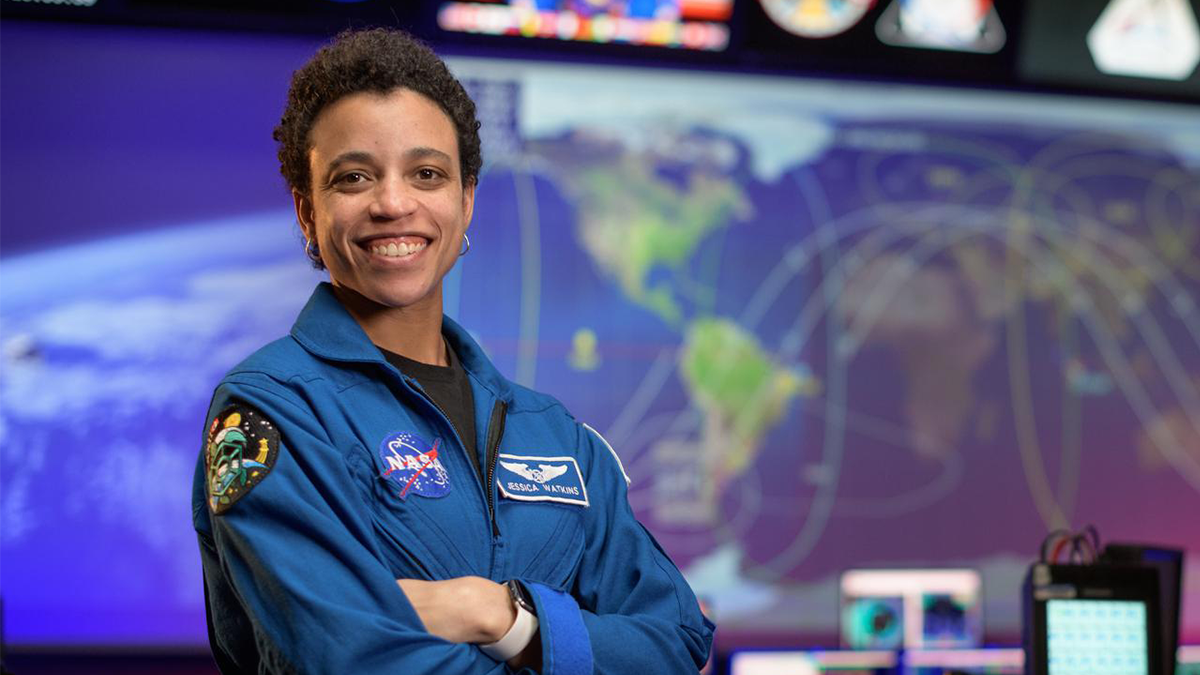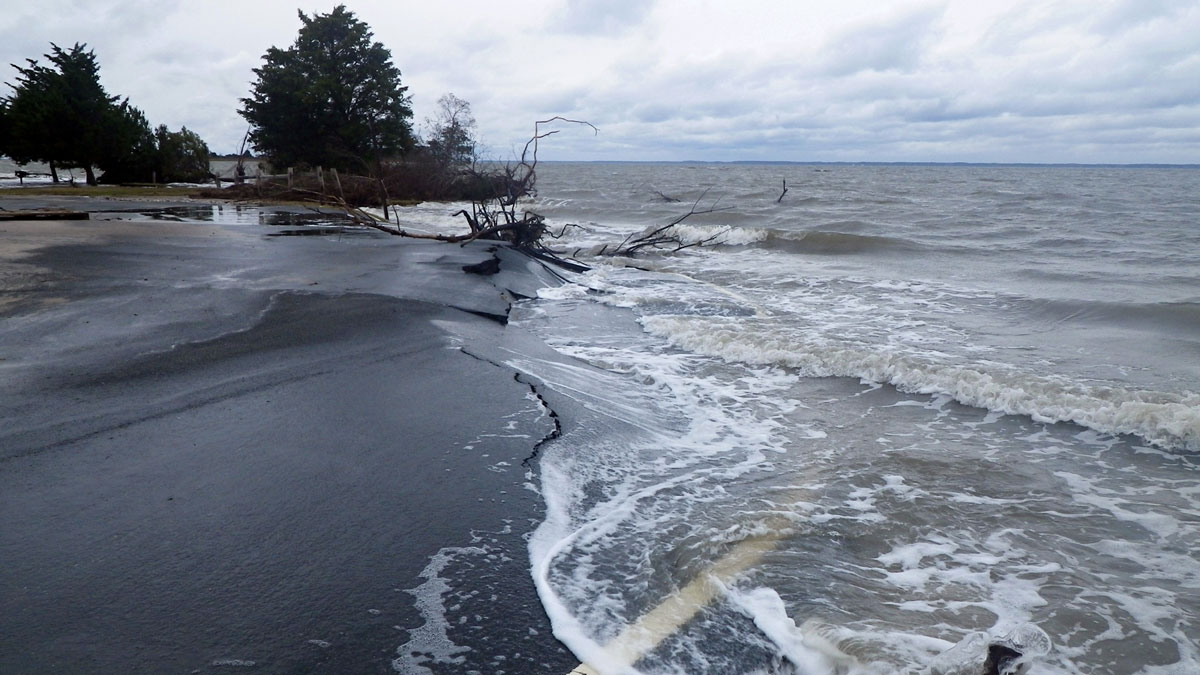NASA wants to send instruments to distant moons like Europa and Enceladus to search for life. But getting vital data back to Earth over limited bandwidth will take some impressive compression software.
NASA
Optimizing Competing Instrument Needs with an Objective Metric
Intrinsic dimensionality can quantify the level of information obtainable for various possible instrument configurations.
A Time Capsule from the Early Solar System Is En Route to Earth
After an exciting encounter with asteroid Bennu, the OSIRIS-REx mission team looks forward to hitting pay dirt when a hefty sample of ancient planetesimal material is delivered to Earth next year.
Moon’s Porosity Changes Cratering History, Study Says
Gravity field measurements from decade-old lunar orbiter provide a proxy for counting craters.
A Unified Atmospheric Model for Uranus and Neptune
In a new model, three substantial atmospheric layers appear consistent between the ice giants.
Kimberley Miner: Preserving Earth’s Biodiversity and Integrity
From Antarctica to the Arctic, Miner’s career as a climate scientist has taken her to Earth’s frozen areas to study the effects of climate change.
JGR: Planets Author Aboard the International Space Station
NASA Astronaut and planetary geologist Dr. Jessica Watkins recently published her post-doctoral Mars research in JGR: Planets, just prior to heading to the International Space Station.
Sea Level Science and Applications Support Coastal Resilience
Known for precise, planetary-scale measurements, NASA is improving its decades-long effort to observe and understand sea levels to help communities prepare for the effects of Earth’s rising ocean.
More Than Marsquakes: InSight Yielded Magnetism, Weather Discoveries
A secondary suite of instruments on the Mars lander produced a first look at magnetic fields from the planet’s surface.

